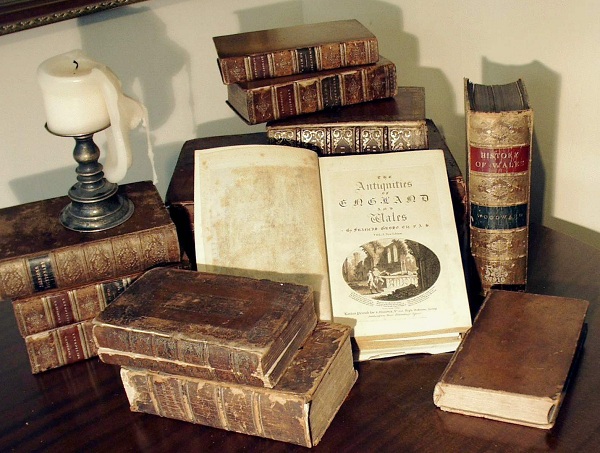It has become fashionable to bash 3D. Most recently, Roger Ebert came out and said that the case is over: 3D film is no good and never will be.
There are many good reasons to call out 3D as a technology. Having to wear glasses is both annoying and expensive. Standards are yet to be fixed. And in the cinema, 3D dulls the picture.
But for all its flaws, once 3D’s technical hurdles are overcome, it will flourish. The reason for that is that 3D is the right technology for the 21st century.
But before we get to why, a little background.
The History of Art Forms
Each age in history develops forms of entertainment and art that suit it. Let’s take the novel as an example.
For centuries in Europe, drama and poetry expressed ‘timeless’ ideas about life and love. They usually focused on one clear idea or theme (though obvious exceptions would be the plays of Shakespeare).
But as society got more and more complex, you started to have a number of different ideas swirling around in public debate. In the 18th and 19th century in Europe, ideas were bubbling away. You not only had the massive shift in thought created by the Enlightenment and French Revolution, you also had the rise of ‘the nation state’ – what we now know as countries.
So, if art reflects the world it is created in, you needed something that could express multiple, complex ideas and, at the same time, focus in on a few key individuals: new ideas and a new focus on the individual. Enter the novel. As literary theorist Mikhail Bakhtin suggests, the novel was the right form for its time because it allowed stories to be about a hero in a changing time that captured the mess of multiple ideas and perspectives. The novel became popular because it was the right form for its time.
Similarly, film itself marked a shift to the visual and spectacle and idealism, all of which were crucial parts of the 20th century and the dawn of a new technological age.
The point is, each age in history finds a form of entertainment and art that suits it. Which brings us to 3D.
Why 3D is Right For the Web Age
While most people have practical concerns about 3D, if you read Roger Ebert’s critiques of 3D film, they basically boil down to one idea: film is supposed to be the creative vision of its makers. Because 3D forces to pick a point in your field of vision to focus on – and humans can’t focus on something in the foreground and backrground at the same time – you don’t get ‘the whole film’. You have to decide what to look at.
But another way of putting that might be something like this: in 3D film, the viewer decides how he or she watches the film. Sitting in front of Avatar, it is you who decides which part of the forest or the action to focus in on. As the action flashes by, you choose what you are going to be witnessing and how. 3D film makes the viewer a kind of mini-director who, within obvious limits, constructs his or her own film.
It’s a trait that fits with our time. If you had to articulate the fundamental change created by ‘Web 2.0’, what would it be? It’d be hard to pick, but it’d have to be about personalization, wouldn’t it? After all, your Facebook and Twitter feeds now aggregate news just for you. RSS Readers and apps like Flipboard, PostPost and Pulse curate the best of web content just for you.
The defining change in our relationship to media in the 21st century has been that it’s now about the viewer. DVRs, timeshifting, online streaming, they all reflect this. Perhaps most importantly, it’s video games that have made us part of the story in a way that film simply cannot.
Yes, 3D film is, on one hand, a cash grab by studios and electronics manufacturers. But on the other hand, it is also the technology that best expresses our new relationship to media because 3D allows you the viewer to choose how you orient yourself in relation to what’s on screen. It is the perfect symbol of 21st century art.
The Future of 3D
None of this is to say there are no problems with 3D. The tech is limited right now, and more importantly, filmmakers are just tacking on 3D to any film without thinking about whether it’s appropriate. Even Avatar wasn’t an especially ‘better film’ because it was 3D.
But what it did highlight that 3D offers a new way to construct a relationship between us and our media. In one way it’s about immersion, making you feel like you are ‘right there’. But in another way, it’s about c0nstructing a story and then letting the viewer decide the specific parts they will latch onto and pay attention to.
And in a way, that has always been the case. We have always had subjective, personal reactions to art and entertainment. 3D just brings us one step closer to a collapse between artist and the person experiencing the art.





GIPHY App Key not set. Please check settings
5 Comments